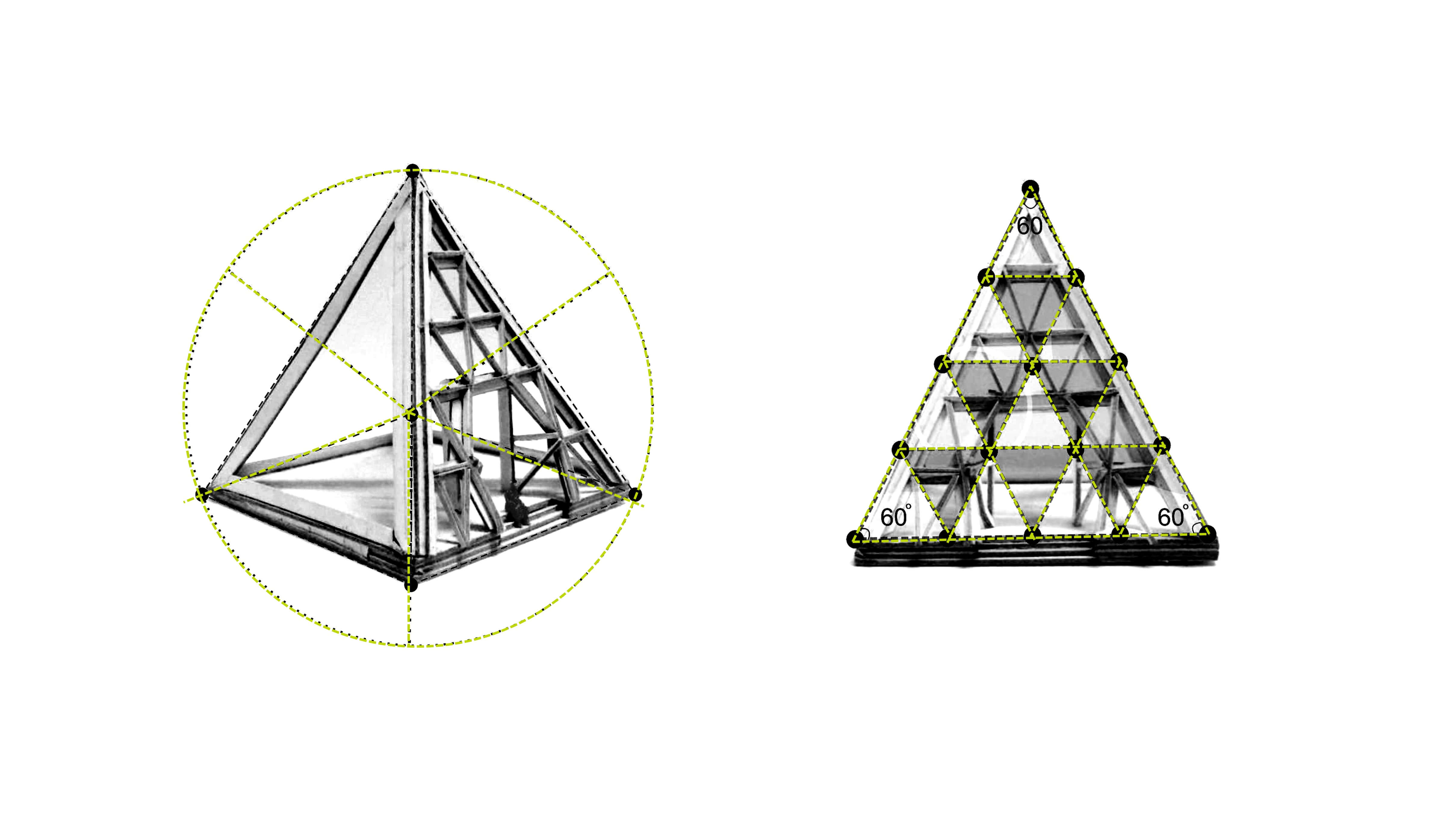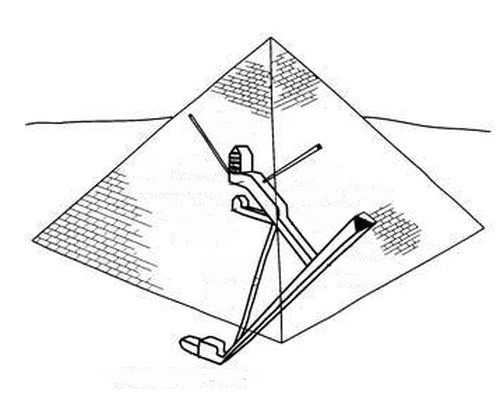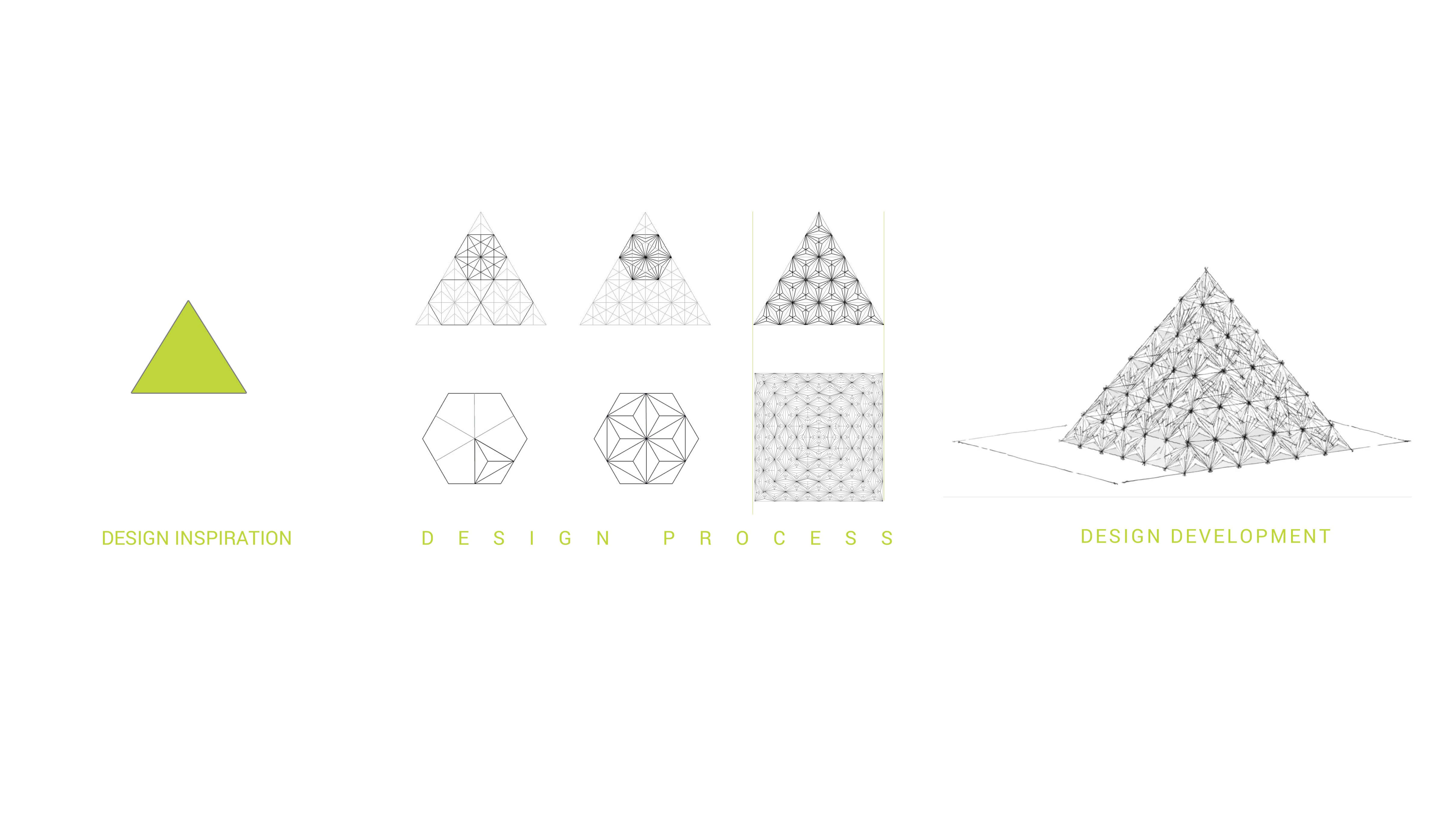Describe the Development of the Pyramid as an Architectural Form.
It was then enlarged and developed to give more importance to the pharaoh being. Pyramids evolved over thousands of years out of pre-Egyptian burial practices that began with placing heavy stones over gravesites to protect the.

The Ancient Egyptian Architecture Ancient Egyptian Architecture Ancient Egypt History Ancient Egyptian
While it may be an architectural marvel earning plenty of attention on its own the Pyramid was commissioned for a functional purpose.

. While the texts themselves are ancestral to the Book of the Dead. Form in architecture not just plays a very crucial role but it is probably the most debated subject as well. How did the Egyptians beliefs about the afterlife influence their art and architecture.
Pyramid to a true pyramid shape as kings continued to build tombs for their kings. It is not just simply the shape or configuration of a building but it comprises of lot many elements be it a point line plane or a volume. French President François Mitterrand announced the Grand Louvre project in 1981 which included a redesign of the museum and the addition of space.
The architectural features of the Great pyramid offer an invaluable insight into the builders their methods and the process of construction. The Granite Plugs The Descending Passage. Describe key characteristics of Old Kingdom sculpture.
Size the dimensions of the form proportions and scale. He concluded that there must have been a connection between the. As previously mentioned stone architecture began with a stacking system of which the Egyptian pyramids are typical examples.
Among the earliest examples are the pyramid complexes from ancient Egypt. Pyramid in architecture a monumental structure constructed of or faced with stone or brick and having a rectangular base and four sloping triangular or sometimes trapezoidal sides meeting at an apex or truncated to form a platform. Tombs of early Egyptian kings were bench-shaped mounds called mastabas.
Figure 740 The pyramids were tombs composed of millions of large stones in mathematically regular geometric structures carefully oriented to the stars. Form can be described as a reference to both the internal structure and external outline often in the shape of a three dimensional mass or volume. In fact pyramids developed directly from mastabas as the first pyramid was actually a type of step pyramid which was constructed by stacking one mastaba directly on top of a slightly larger one.
Shape the outline of the form. Fahkry notes that some Egyptologists believe that the development of the pyramid represents simply an architectural evolution while others see in it the triumph of one religious cult over another. The flat-roofed block-like structure sits above the ground with a shaft that connects to a burial chamber beneath it.
Step Pyramid. In Lower Egypt to the north the country was wet and flat and the dead were buried under their family house which was usually built on higher ground. The Pyramid designed as an Architectural Manifestation of the Duat.
Columns may be designed to look like trees simply for aesthetics. The construction of pyramids as royal tombs occurred during the Old Kingdom in Egyptian history specifically during the 3rd and 4th dynasties 2686-2494 BC. The sloping walls could reach great heights because their weight was supported by the wide pyramid base.
The pyramid form was a marvel of engineering that allowed ancient Egyptians to build enormous structures. Mastabas of diminishing size were stacked on top of each other to form a step pyramid. Beginning with the construction of step.
This Step Pyramid stands on the west bank of the Nile River at Sakkara near Memphis. They were made of mud-brick that appear to have served as temples to the ancient gods of Mesopotamia. A buildings system for conditioning air might mimic a forest for efficiency.
Ziggurats were ancient towering stepped structures built in the ancient Mesopotamian valley and western Iranian plateau having a terraced step pyramid of successively receding stories or levels. Finally they were built without steps and a point was added on the stop thus creating the true pyramid form. The Subterranean chamber The Ascending corridor The Girdle stones The Queens Chamber The Well-shaft The Grotto.
Recognize stylistic conventions of Egyptian art. The hidden form of the God Osiris inside the Pyramid of Khnum-Khufu. Themes that are described in the Pyramid Texts are reflected in the sub-structure of the Great Pyramid of Giza.
Describe the development of the pyramid as an architectural form. 3 Goals Understand the evolution of Egyptian culture and its relationship to the Nile. Describe the development of the true pyramid form.
Elaborate form of architecture with a religious hnction. Understand architectural evolution from mastaba to pyramid in the Old Kingdom. Around 2780 BCE King Djosers architect Imhotep built the first pyramid by placing six mastabas each smaller than the one beneath in a stack to form a pyramid rising in steps.
It Was Built To Serve a Purpose. Explain how its form follows its function. Among these the Pyramids of Giza are considered the greatest architectural achievement of the time.
Ziggurat bases were square or rectangular. This process was repeated several times in order to create the initial pyramid. Some of the characteristics of form include.
The architectural design of the pyramids was a reflection of both politics and religious custom. The Pyramids of Giza The Pyramids of Giza also known as the Giza Necropolis are one of the oldest remaining wonders of the world. Colour the colour of the form will affect its visual.
Until about 3000 BCE Ancient Egypt was effectively two countries with two traditions of burial. The development of the pyramid form allowed Egyptians to build enormous tombs for their kings. So it may be any text textures images that we use in our design.
Technically mastabas preceded the original pyramid. Biomimicry is when architecture copies processes or forms found in nature. Biomimicry is used in architecture both for aesthetics and for buildings functions.
What basic geometric form would best describe Sumerian votive figures. The Romans brought about developments in stone. Pyramids have been built at various times in Egypt Sudan Ethiopia western Asia Greece Cyprus Italy India Thailand Mexico South America and.

Architectural Evolution Of The Pyramids Of Egypt

Case Study The Geometrization Of Architectural Form Triangle Pyramid Zeitgeist Design Development

Case Study The Geometrization Of Architectural Form Triangle Pyramid Zeitgeist Design Development
Belum ada Komentar untuk "Describe the Development of the Pyramid as an Architectural Form."
Posting Komentar